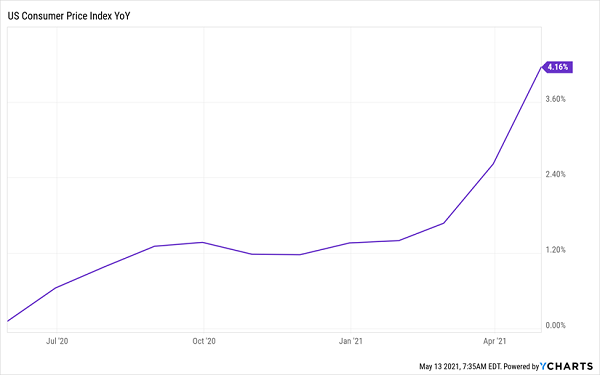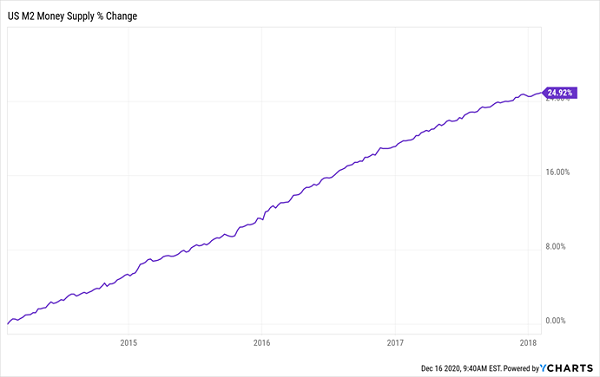I had just spent my whole paycheck at Whole Foods. My wife was not amused.
“Brett,” she paused and trailed off, a telltale sign that I was in the hot seat.
“You don’t have to buy everything organic. Some stuff…” she searched for words, shaking her head.
I flailed for a life raft: “But isn’t organic good?”
“Some fruits, sure,” she conceded. “And vegetables. But not all of them. Like avocados, and bananas—they have thick skins, so it really doesn’t matter if they are organic or not.”
“And cookies. Cookies are a highly processed food. Why are you bothering with organic?”… Read more




Recent Comments